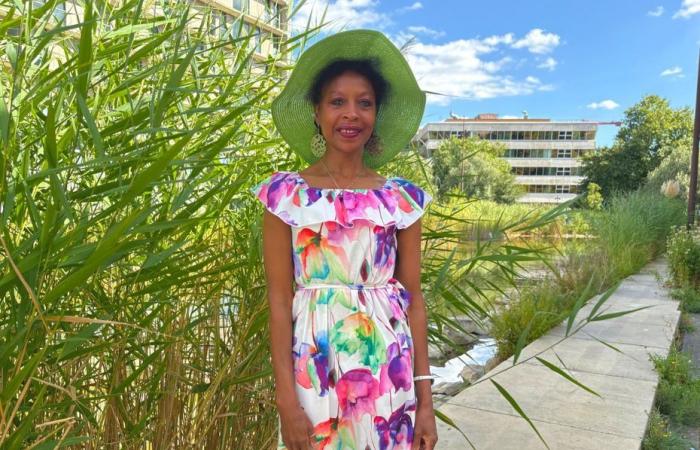Daisy Jamain is one of more than two thousand Reunionese children torn from their island to repopulate rural departments in mainland France. Arriving in France at the age of 13, she experienced decades of uprooting and suffering before finding, after 56 years of searching, her lost little sister.
Company
From daily life to major issues, discover the subjects that make up local society, such as justice, education, health and family.
France Télévisions uses your email address to send you the “Society” newsletter. You can unsubscribe at any time via the link at the bottom of this newsletter. Our privacy policy
“I knew I would never see my island again”says Daisy Jamain, as she boards a plane that will take her away from Reunion forever.
That day, in 1968, she left her childhood, her roots, and everything that was familiar to her to join mainland France, more precisely in Saint-Étienne-de-Montluc, in Loire-Atlantique.
Our parents died and our family was too dispersed, the grandparents were poor, the family was poor, the aunts, the uncles, they already had children, they could not look after us.
Daisy JamainDeported from Reunion
Daisy and her sisters, Suzanne and Anne-Marie, were placed in the pupils’ home in Saint-Denis and little sister Marie-Bénédicta, who was nine months old at the time, was placed in a nursery. She will be adopted by a family in Le Mans without knowing the existence of her sisters.
Under the leadership of Michel Debré, a member of parliament at the time, the French state decided to send hundreds of children from Reunion Island to mainland France between 1962 and 1984 to repopulate Creuse. The young girl from Reunion is one of more than two thousand uprooted children, with her sister Anne-Marie, while the eldest, Suzanne, remains in Reunion.
For Daisy Jamain and Valérie Andanson of the federation of uprooted children from the DROM, which fights for financial compensation for child victims of abuse, “unity is strength”.
•
© France 3 Pays de la Loire – Boris Vioche
In France, Daisy Jamain is confronted with a reality very different from the one described to her. “We were told that in France, we were walking on gold”she remembers. However, life in homes and foster families is far from idyllic.
It is often marked by insults, racism and, in some cases, abuse. “The gentleman came to my room when his wife left for work.” describing several episodes of abuse in a foster home during weekends and holidays.
From the age of 18, she worked as a hospital service agent at the Nantes University Hospital, then married and started her family in Loire-Atlantique.
For decades, Daisy Jamain tried to find her little sister, Marie-Bénédicta, without success. Her research took a turning point when she joined the Federation of Uprooted Children from Overseas Departments and Regions (Fedd), an organization which helps victims of this deportation to reconstruct their history and find their loved ones.
Daisy and her sister Marie-Bénédicta
•
© Atlantic Television by Mstream
Following an article in a local daily, Daisy is contacted by a genealogist, after 56 years of research. “This gentleman found my little sister in 48 hours”.
The day she finally hears her sister’s voice on the phone is a moving moment: “Hello ma’am, I am your sister.”she told him, her throat tight with emotion. Her little sister had been adopted in Le Mans and was unaware of the existence of her sisters. They met again during a big party in Saint-Herblain.
I’m waiting for our story to be in the books.
Daisy JamainDeported from Reunion
Today, the resident of Saint-Herblain and other children of Creuse continue to fight for official recognition of their history. “I am waiting for the President of the Republic to apologize and put our story in the history books of France.”
► Find all the testimonies You are wonderful on france.tv
► See all of our programs on france.tv






